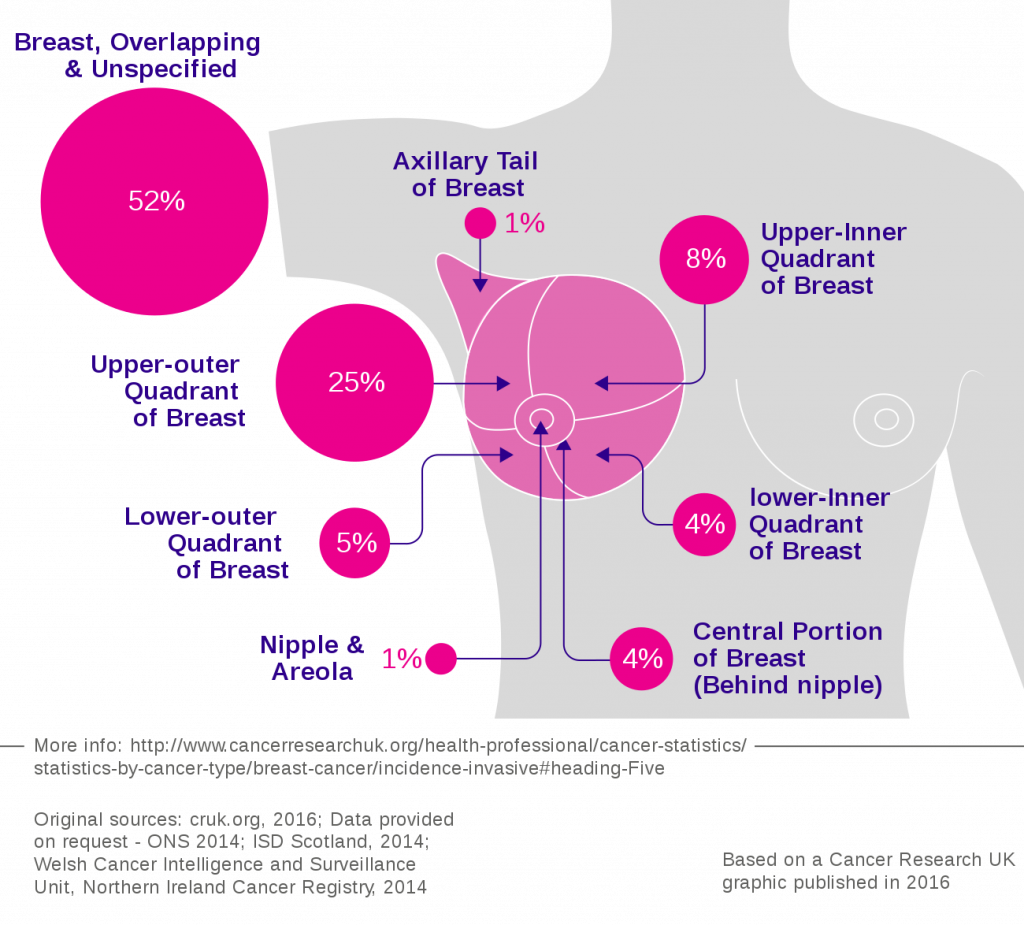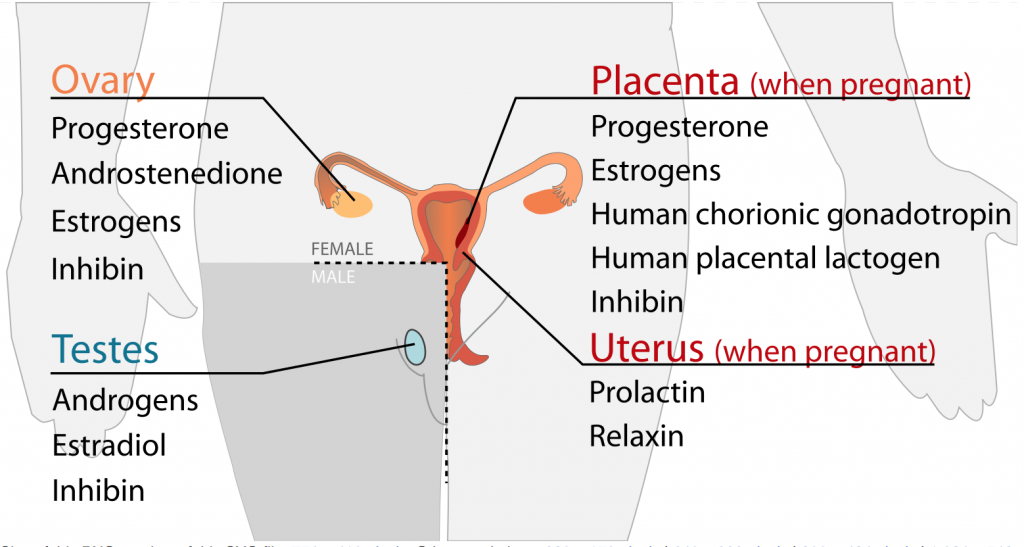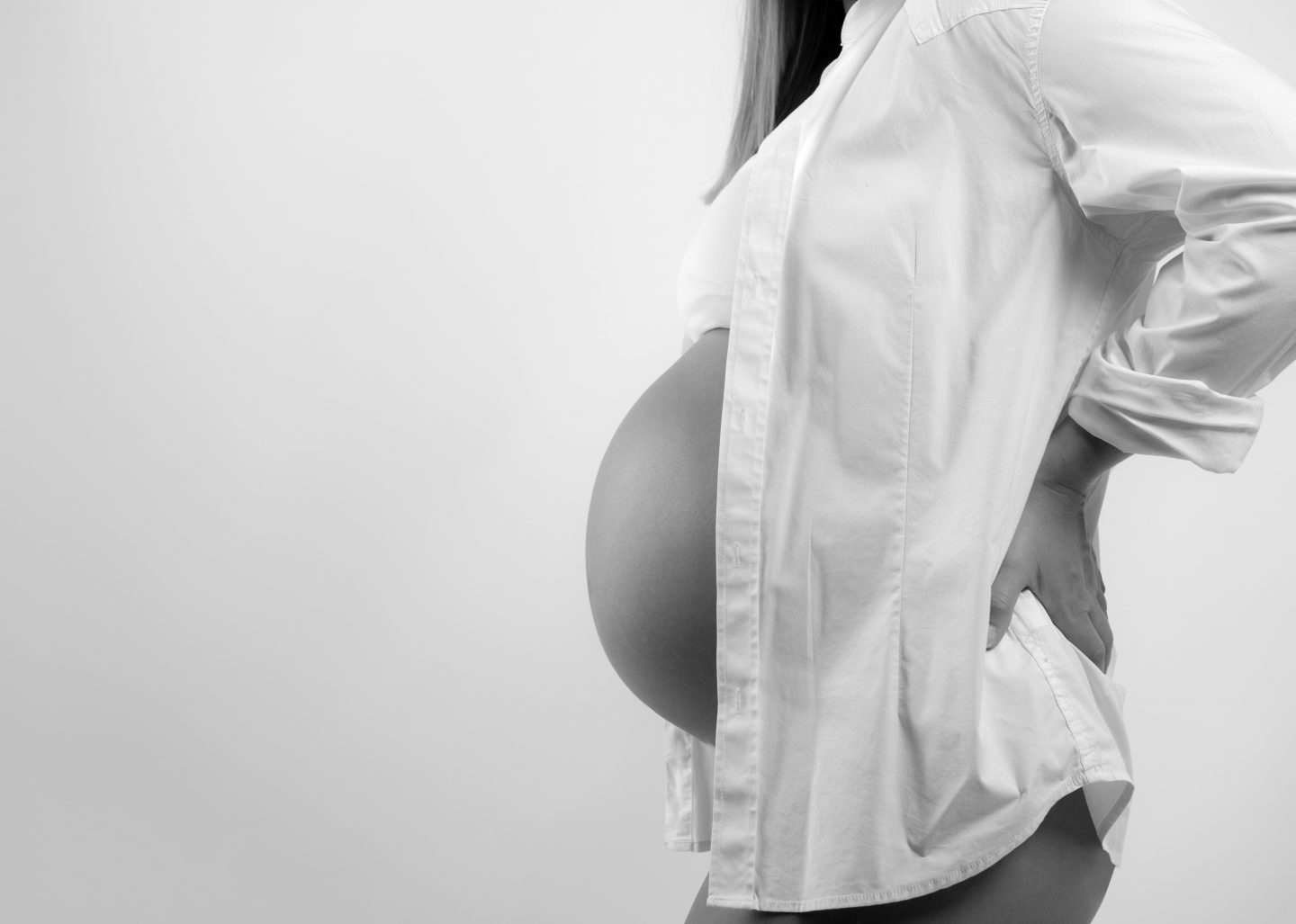There are many ways to reduce cancer risk, some of which are naturally occurring phenomena. Pregnancy, arguably one of the more natural aspects of life, shows protective effects against breast cancer.
Cancer is the uncontrolled and unregulated growth of cells in the body. Cancer starts in cells of the body and can spread (metastasize) to different organs and tissues. Breast cancer is one of the most diagnosed cancers worldwide, and its etiology is still being investigated.
An interesting observation was made in the 18th century: childless women had a greater risk of breast cancer. This idea was first entertained by Bernadino Ramazzini, the father of occupational medicine, when he noticed that nuns had a greater risk of breast cancer compared to other women. He speculated that their celibate behavior may be the cause – this later lead to the interpretation that parity (having multiple pregnancies) and reproduction play a role in breast cancer risk.
The role of hormones and breast cancer has also been an area of study. In 1938 diethylstilbestrol (synthetic estrogen) was made. This hormone was used to treat postmenopausal symptoms, pregnancy complications and prostate cancer. Hormonal treatment with diethylstilbestrol seemed promising at first, however, adverse side effects became clear over time. Hormone therapy was suspected to increase breast cancer risk, but the results have been inconclusive. This has lead to research that investigates the role of hormonal regulation in breast cancer.

Figure 1. Diethylstilbestrol (synthetic estrogen)
1 in 8 Canadian women will be affected by breast cancer in their lifetime. In Canada, the breast cancer mortality rate is 21.4%, and the 5-year survival rate is 87%. A large amount of research efforts over the past century have been dedicated to developing better methods of detection, diagnosis and treatment of cancer.

Figure 2. Breast cancer incidence by anatomical site
There are many radiative and pharmaceutical options for treating cancer, however preventative behaviors such as exercising regularly, eating a healthy diet, and reducing exposure to carcinogens are vital. Full-term pregnancy is an unexpected, but significantly protective phenomenon against breast cancer as well as ovarian and endometrial cancer.
Ovarian function regulates ovary and endocrine conditions and plays a role in cancer risk.

Figure 3. Reproductive systems and their endocrine function
There are two factors of pregnancy that can impact ovarian function and thus modulate cancer risk.
Firstly, early menarche (early age of becoming pregnant)
- Breast cancer risk was reduced by approximately half amongst women who gave birth when they were younger than 25 and had more than 3 pregnancies compared to nulliparous women (women who never gave birth).
- Early first pregnancies (younger than 25) reduce breast cancer risk while late first pregnancies (older than 35) increase risk of breast cancer by ~20%.
Secondly, parity (having multiple pregnancies)
- Parity also has protective effects, and the mechanisms that lead to protection are better understood.
- Parity protects against estrogen receptor positive cancer and progesterone receptor positive cancer. This is significant because 70% of breast cancers express estrogen receptors and are hormone dependant.
There are 4 proposed mechanisms that explain why parity reduces breast cancer.
ONE: Change in levels of circulating hormones (estradiol, oxytocin, and prolactin)
- Although estradiol increases rapidly during the first trimester, later in pregnancy both estradiol and prolactin decrease greatly. The decrease of estradiol is important to decreased breast cancer risk, as postmenopausal women who developed breast cancer had a 15% higher serum estradiol level than unaffected women.
- Although not directly related to pregnancy, higher levels of oxytocin, which is released during breastfeeding and orgasm, reduce breast cancer risk.
- Evidence for Breast cancer reduction in relation to prolactin, another hormone related to breastfeeding, is conflicting. However, the lifetime protective effects of pregnancy as well as increased prolactin during pregnancy suggest that it may have a protective effect.
TWO: Epithelial cell differentiation
- This differentiation leaves cells less susceptible to transformation into cancer cells.
THREE: Affecting mammary stem cells
- Early full term pregnancy decreases breast cancer risk because it causes cells to terminally differentiate. This reduces the amount of breast stem cells, which are the origin of mammary cancer.
FOUR: Changing estrogen responsiveness
- Changing the mammary gland response to estrogen makes cells less susceptible to estrogen receptor-positive cancer.
It should be noted that early and multiple pregnancies reduce long term cancer risk, but there is a transient increase in risk shortly after giving birth which declines over the course of 10 years. The short-term increase is due to high hormone levels and rapid growth of breast cells during pregnancy. This risk may be counteracted by breastfeeding. Breastfeeding, for at least a year, decreases both hormone receptor positive and hormone receptor-negative breast cancers.
Full-term pregnancy is required for protection against breast cancer. For example, when pregnancy in rats is interrupted before delivery, they exhibit only 45%-50% protection against carcinogen compared to the much higher 75%-95% protection observed in rats that underwent full-term pregnancy. However, rats differ from humans because interrupted pregnancies in humans do not show any partial protection.
The interplay of pregnancy and breast cancer risk is a complex topic that is continually being researched. It has been suggested that different types of breast cancer be viewed as distinct molecular subtypes rather than a single disease for greater understanding.
It is also important for future research applications to consider delivering the underlying protective mechanisms of pregnancy to individuals who cannot or do not wish to become pregnant in order to increase health equity.
More (general) information regarding breast cancer can be found here
http://www.cancer.ca/en/cancer-information/cancer-type/breast/breast-cancer/?region=on


Recent Comments